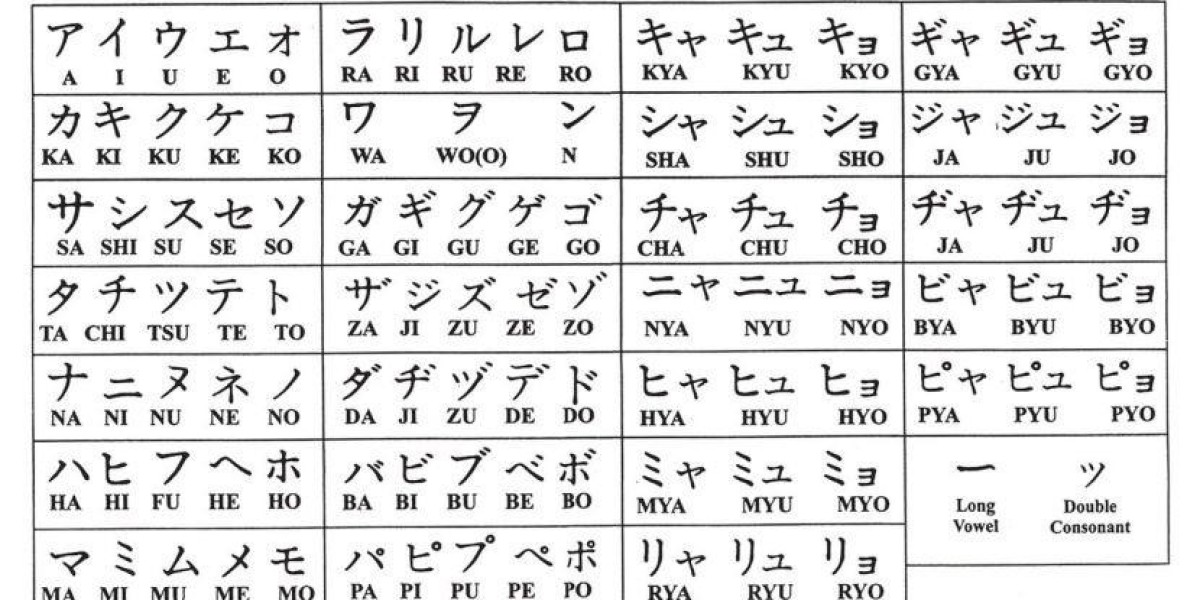Online Translation Platforms:
Online translation platforms offer quick and convenient solutions for translating text from Japanese to a wide range of languages and vice versa. These platforms utilize advanced algorithms and databases to provide accurate translations on demand. Popular online translation platforms include Google Translate, DeepL, and Microsoft Translator.
Google Translate, one of the most widely used translation tools globally, supports translation between Japanese and over 100 other languages. Its intuitive interface and extensive language database make it a go-to choice for many users. DeepL, known for its focus on natural language processing, delivers high-quality translations that often rival those produced by human translators. Microsoft Translator, integrated with various Microsoft products, offers seamless translation capabilities across multiple devices and platforms.
Mobile Applications for Japanese Language Translation:
Mobile applications have revolutionized the way we access translation services on the go. With a plethora of translation apps available for smartphones and tablets, language barriers can be overcome with just a few taps. Applications like iTranslate, Papago, and Yomiwa cater specifically to Japanese language translation needs.
iTranslate stands out for its user-friendly interface and support for voice input, allowing users to translate spoken Japanese into their desired language instantly. Papago, developed by Naver Corporation, excels in translating colloquial Japanese expressions and slang, making it a favorite among language learners and travelers. Yomiwa, equipped with optical character recognition (OCR) technology, enables users to translate Japanese text simply by pointing their device's camera at it, making it ideal for deciphering signs, menus, and other written content.
Japanese Language Translation Software:
For individuals requiring more advanced translation capabilities, dedicated software solutions offer powerful features tailored to specific linguistic needs. SDL Trados Studio, MemoQ, and OmegaT are among the leading translation software options available in the market.
SDL Trados Studio is widely utilized by professional translators and translation agencies, offering robust tools for managing translation projects, terminology, and quality assurance. MemoQ, known for its flexibility and customizability, caters to translators working across various industries and specialized fields. OmegaT, an open-source translation tool, appeals to freelance translators and small businesses seeking cost-effective solutions without compromising functionality.
Language Learning Platforms with Translation Features:
Language learning platforms provide immersive environments for acquiring proficiency in Japanese while offering translation features to aid comprehension and communication. Platforms such as Duolingo, Rosetta Stone, and Babbel incorporate translation exercises and activities into their curriculum.
Duolingo, renowned for its gamified approach to language learning, incorporates translation tasks where users are prompted to translate sentences from Japanese to their native language and vice versa. Rosetta Stone, known for its immersive teaching method, encourages learners to associate Japanese words and phrases directly with their meanings, facilitating natural language acquisition. Babbel, focusing on practical conversation skills, integrates translation exercises within its interactive lessons, allowing users to practice real-world scenarios.
Community Forums and Language Exchange Websites:
Community forums and language exchange websites provide opportunities for language enthusiasts to engage with native speakers and fellow learners, facilitating cultural exchange and mutual support. Websites like HiNative, Tandem, and Reddit's r/LearnJapanese serve as virtual hubs for language learners seeking guidance and practice.
HiNative offers a platform for users to ask questions about the Japanese language and culture and receive answers from native speakers. Tandem connects language learners with conversation partners around the world, enabling real-time communication and language exchange via text, voice, and video chat. Reddit's r/LearnJapanese subreddit provides a supportive community where learners can share resources, seek advice, and participate in discussions related to Japanese language learning.
Final Thoughts:
In conclusion, the availability of Japanese language translation tools and resources empowers individuals to overcome linguistic barriers and deepen their understanding of Japanese language and culture. Whether you're a beginner embarking on your language learning journey or a seasoned translator seeking advanced solutions, the diverse range of tools and resources outlined in this guide offers something for everyone. Explore these options and embark on your quest to master the art of Japanese language translation.



